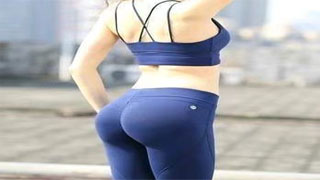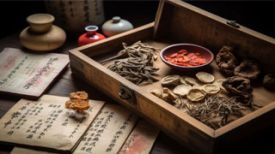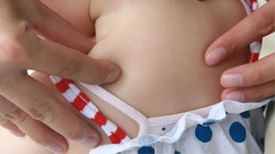
The buttocks are the hub connecting the torso and lower limbs of the human body, with rich muscles composed of gluteus maximus, gluteus medius, and gluteus medius. They play a role in supporting the human body, assisting in movement, shock absorption, and injury prevention in daily life.
Many people have bad habits such as sitting for long periods of time and crossing their legs, which may be the cause of symptoms such as weak buttocks muscles and lower back pain.
Sitting for a long time can easily lead to "dead buttocks"
Muscle weakness and functional decline in the buttocks may lead to "gluteal muscle amnesia", also known as "dead buttocks syndrome", which is caused by prolonged sitting, lack of exercise, or improper exercise methods.
When sitting, the gluteal muscles are in a state of compression, relaxation, and weakness. After prolonged sitting, the brain gradually adapts to this abnormal state and gradually weakens its control over the muscle and nerve reflexes in the buttocks. When the gluteal muscles need to work again, the brain has weakened or even stopped reflecting the gluteal muscle nerve signals, and the gluteal muscles cannot receive the corresponding nerve electrical signal stimulation. The human body then exhibits "amnesia" and "forgetting" how to contract the gluteal muscles normally.
There are usually four manifestations of gluteal muscle weakness
One is that standing and sitting postures become difficult to maintain, with limited mobility;
Secondly, there is muscle pain in the lower back and front thigh area;
The third issue is abnormal coordination between walking posture and balance;
The fourth is knee and hip joint pain.
Self testing whether the buttocks are 'dead' or not
Someone asked, "I often experience the above symptoms, do I have this disease?" Below is a method to test for gluteal muscle weakness.
Single leg hip bridge
After lying flat, bend one leg and press it firmly, stretch the other leg straight off the ground, apply force to the hips, raise the hips until the bent thigh forms a straight line with the torso, maintain for 10 seconds, then relax and alternate left and right.
If the straight leg height gradually decreases or swings left and right within 10 seconds, or even cannot be maintained, it may indicate the presence of gluteal muscle weakness.
'Hip amnesia', filmed in Baliao
Dead hip syndrome "is accumulated from long-term bad habits. If you maintain good habits, reduce prolonged sitting, choose the right exercise methods, and take care of your buttocks, you can avoid getting this disease.
Above the buttocks, there is a set of acupoints called "Baliao acupoints", which are located in the sacrum and consist of four pairs of acupoints, namely Shangliao acupoints, Ciliao acupoints, Zhongliao acupoints, and Xialiao acupoints. The Baliao acupoint belongs to the Foot Sun Bladder Meridian in the meridian system and is one of the gathering places for yang energy in the human body. Therefore, tapping and massaging the Baliao acupoint can help enhance the body's yang energy, promote the circulation of yang energy and qi and blood in the buttocks and waist, and prevent "dead buttocks syndrome".
Beating the Eight Liao Caves
Choose a sitting or standing position, bend forward slightly, make a slight fist or naturally spread out the palm, tap lightly with the fist or tap lightly with the back of the hand, with a slightly stimulating force without causing excessive pain or discomfort. Tap slowly for 2-3 minutes each time, 2-3 times a day.
The back of the hand belongs to the yang side relative to the palm of the hand, therefore, stimulating the Baliao acupoint with the yang side of the back of the hand can better assist in enhancing yang qi.
Attention: Beating is a stimulating action, and it is not suitable for women during menstruation, pregnancy, or those with symptoms or diseases such as pelvic bleeding and pelvic cysts.


